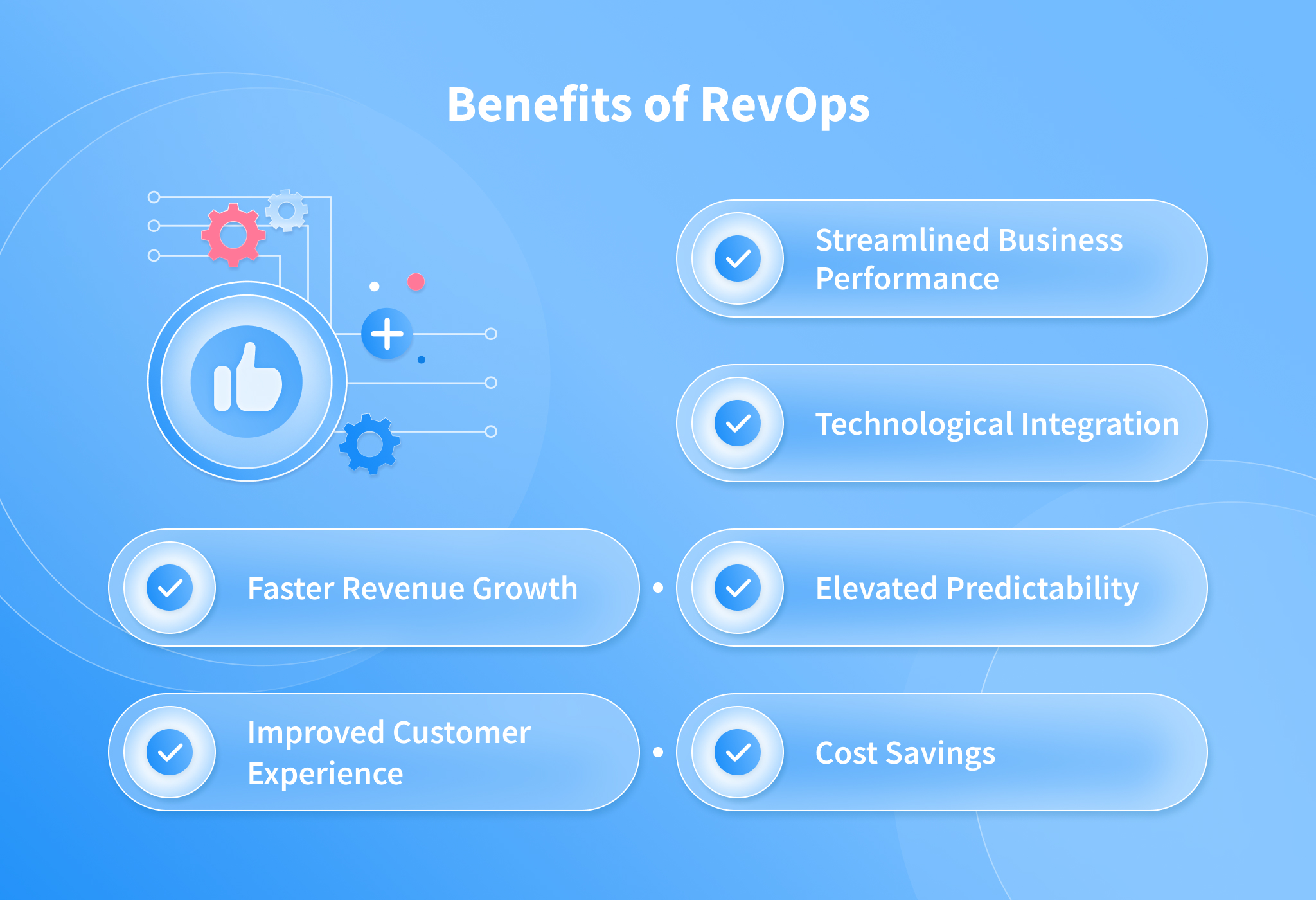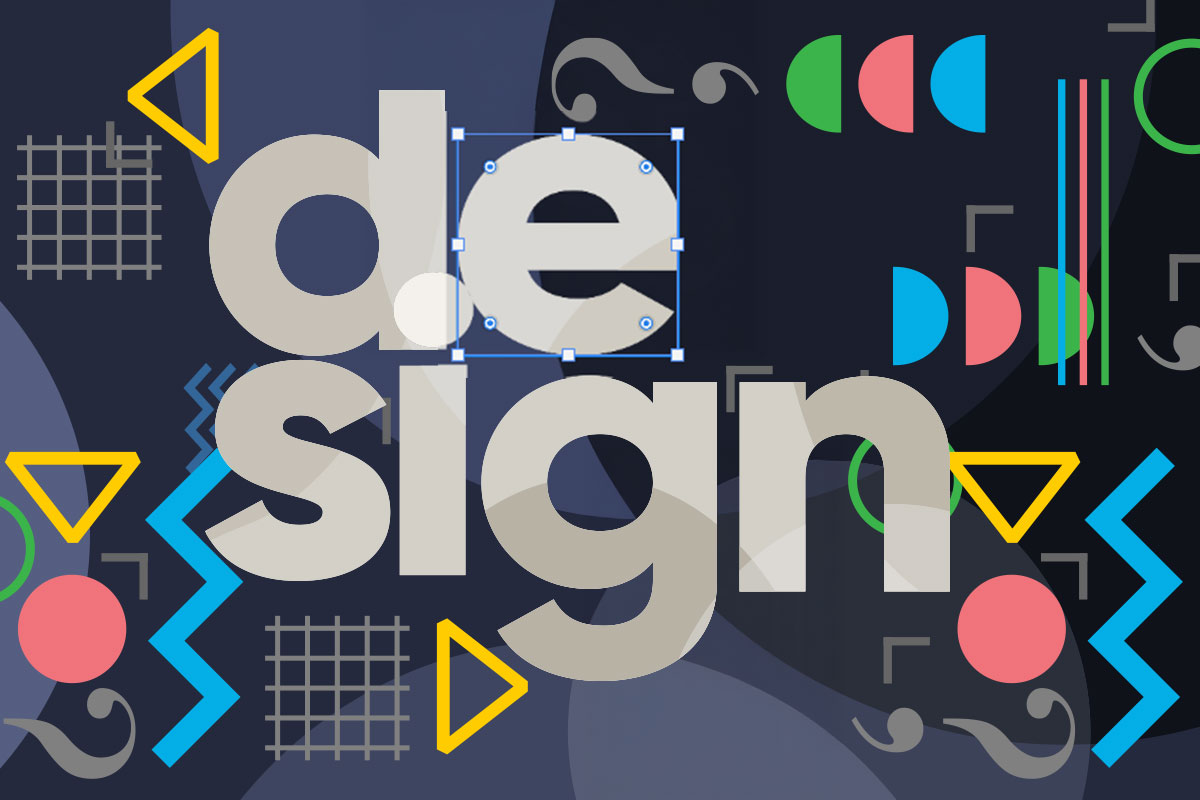Behind the Scenes: The Making of Entertainment Magic
Creating a cinematic masterpiece is akin to weaving an intricate tapestry, where each thread contributes to the overall narrative. Behind every captivating movie, television show, or theatrical performance lies a world of creativity, collaboration, and innovation. The magic of entertainment is not merely in the final product but in the meticulous processes that bring stories to life. From the art of storyboarding and planning to the impact of technology on filmmaking, understanding these elements can provide a newfound appreciation for the entertainment we cherish.
The Art of Storyboarding and Planning
At the heart of any successful production is the storyboard, a visual blueprint that maps out each scene’s composition, timing, and action. The art of storyboarding and planning involves translating scripts into visual narratives. This process allows directors and cinematographers to visualize how each shot will unfold, ensuring coherence and continuity throughout the project.
Storyboarding is not merely about sketching; it encompasses a deep understanding of the narrative structure. Each frame captures the essence of the scene, highlighting character emotions and pivotal moments. This preparatory work is essential, as it lays the groundwork for a smooth shooting process. Moreover, a well-crafted storyboard serves as a communication tool, aligning the entire production team with the director’s vision. From costume designers to special effects teams, everyone can grasp the creative intent and work collaboratively to realize it.
Planning goes beyond storyboards. It involves location scouting, casting, and scheduling. These logistical considerations are crucial in creating a conducive environment for creativity. A meticulously planned production can navigate the unpredictable nature of filming, ensuring that each day on set is as productive as possible.
Key Roles in Film Production
The making of entertainment magic is a collective endeavor, involving a myriad of professionals, each playing a pivotal role in the production process. Understanding the key roles in film production reveals the collaborative spirit that fuels creativity.
- Director: The visionary behind the project, the director orchestrates the entire production, from interpreting the script to guiding performances. Their artistic choices shape the film’s tone, pacing, and emotional resonance.
- Producer: Often referred to as the project’s architect, the producer oversees the entire production process, managing budgets, schedules, and personnel. They are instrumental in bringing together the various elements needed to create the film, ensuring that the vision aligns with practical realities.
- Cinematographer: The cinematographer, or director of photography, is responsible for the visual aesthetics of the film. This role requires a keen eye for lighting, composition, and camera movement. The cinematographer collaborates closely with the director to bring the story to life visually, crafting a signature look that enhances the narrative.
- Production Designer: Responsible for the film’s overall visual environment, the production designer creates the look and feel of each set, incorporating color, texture, and style. Their work is integral to immersing the audience in the story’s world.
- Editor: In post-production, the editor plays a critical role in shaping the film’s final form. Through careful selection and arrangement of shots, the editor influences pacing, rhythm, and emotional impact. The collaboration between the director and editor is crucial for achieving the desired storytelling flow.
These roles are just the tip of the iceberg, as countless other professionals—costume designers, sound engineers, makeup artists—contribute their expertise to the final product. This collaborative effort is what transforms a script into a visually stunning and emotionally engaging experience.
Innovative Filmmaking Techniques
As the entertainment industry continues to evolve, filmmakers are consistently pushing the boundaries of creativity through innovative filmmaking techniques. Traditional methods are being reimagined, and new technologies are being harnessed to create more immersive storytelling experiences.
One such innovation is the use of drone cinematography. This technique allows filmmakers to capture breathtaking aerial shots that were once logistically challenging and costly. Drones provide a unique perspective, enhancing the visual narrative and adding grandeur to outdoor scenes.
Another groundbreaking advancement is the integration of virtual reality (VR) and augmented reality (AR) into filmmaking. These technologies enable audiences to engage with stories in a highly interactive manner, blurring the lines between viewer and participant. VR experiences transport users into the heart of the narrative, allowing them to explore the story world in ways previously unimaginable.
Additionally, the advent of digital filmmaking has democratized the industry, empowering independent creators to produce high-quality content on lower budgets. With accessible tools and platforms, aspiring filmmakers can share their unique voices and stories, diversifying the entertainment landscape.
The Impact of Technology on Filmmaking
Technology’s evolution has been a double-edged sword for the entertainment industry. While it has introduced new tools and methods, it has also transformed the way audiences consume content. The impact of technology on filmmaking is profound, influencing everything from production techniques to distribution channels.
Digital cameras have revolutionized the filming process, allowing for greater flexibility and efficiency. Unlike traditional film cameras, digital options offer immediate feedback, enabling filmmakers to make adjustments on the spot. This instant gratification streamlines the shooting process and fosters a more creative environment.
Moreover, online streaming platforms have altered distribution dynamics, shifting the focus from box office revenues to global accessibility. Filmmakers can now reach audiences directly, bypassing traditional distribution barriers. This change has made it possible for diverse narratives to find their way into homes worldwide, reflecting a broader spectrum of human experiences.
As technology continues to advance, filmmakers are presented with new challenges and opportunities. The ability to adapt to these changes is crucial for success in an ever-evolving landscape.
Conclusion
The world of entertainment is a rich tapestry woven from creativity, collaboration, and innovation. From the art of storyboarding and planning to the impact of technology on filmmaking, each element plays a vital role in creating the magic that captivates audiences. By understanding the intricacies behind the scenes, viewers can appreciate the artistry and effort that go into every film, television show, and performance.
As filmmakers continue to explore new techniques and technologies, the future of entertainment promises to be an exciting journey. With each production, the magic of storytelling remains a powerful force, drawing us into worlds we never knew existed and inspiring us to dream beyond the ordinary. Whether it’s through stunning visuals, compelling narratives, or innovative experiences, the art of entertainment will always thrive in the hearts of audiences around the globe.





